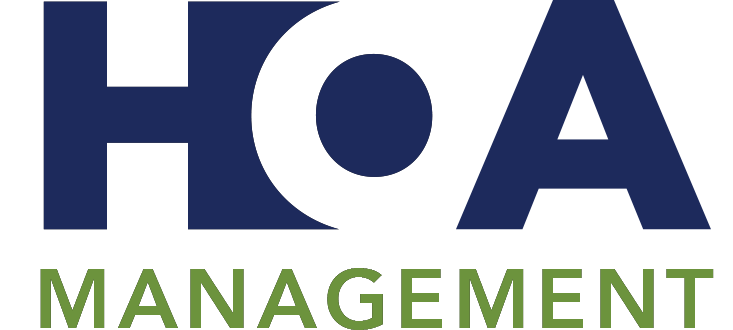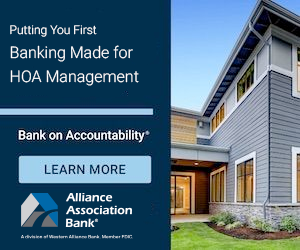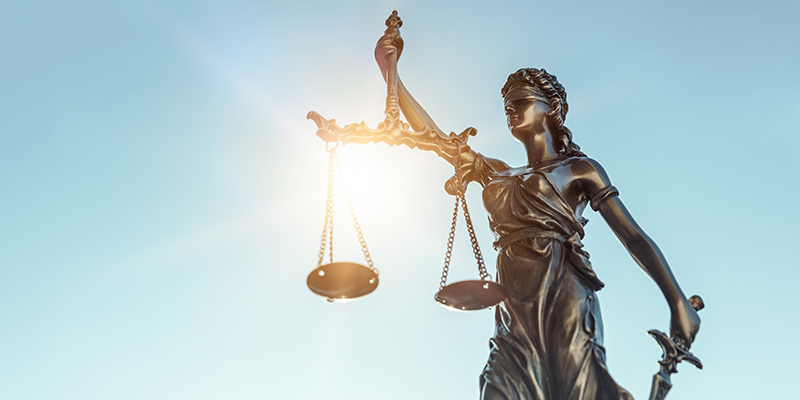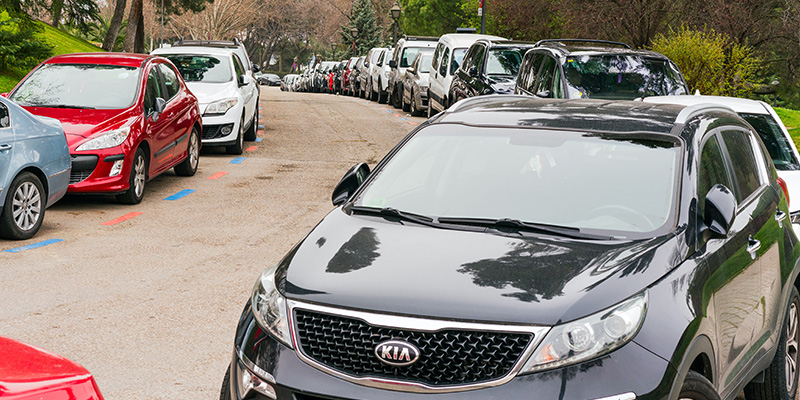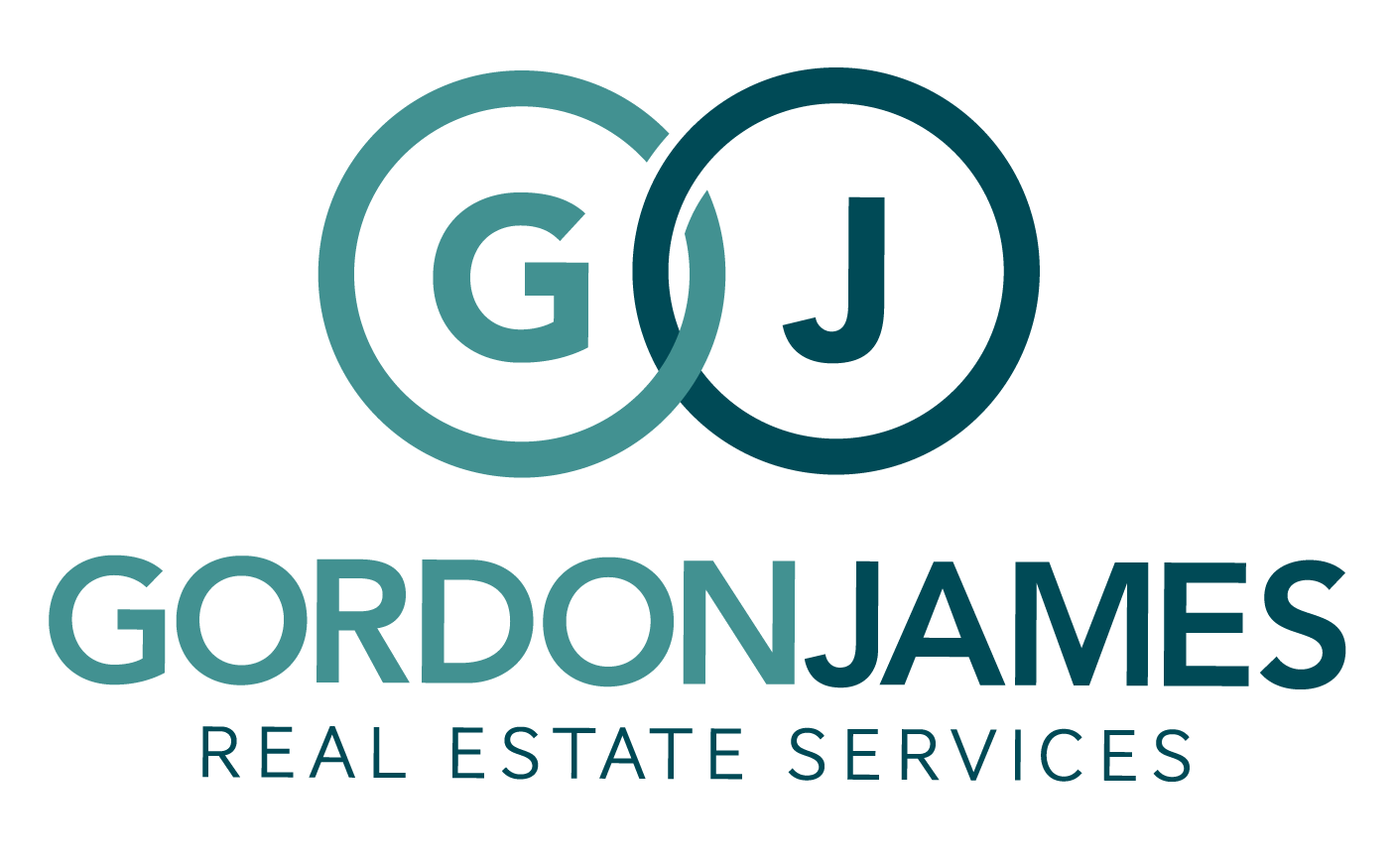5 Valuable Tips When Hiring HOA Maintenance Company

HOA maintenance is an integral part of running a community. But, understanding the association's responsibilities when it comes to maintenance and repairs can be confusing at times. What you need is a detailed guide on navigating maintenance in your HOA.
Browse By Category
Sign up for Our Newsletter
HOA maintenance is an integral part of running a community. But, understanding the association’s responsibilities when it comes to maintenance and repairs can be confusing at times. What you need is a detailed guide on navigating maintenance in your HOA.
Understanding HOA Maintenance Responsibilities
Homeowners associations exist to maintain the common areas and amenities of a community with the goal of preserving property values. Sometimes, though, it can be difficult to determine which parts of the neighborhood fall under the scope of the HOA and which ones are the responsibilities of individual homeowners.
What maintenance tasks should the HOA perform? What repairs are HOA responsible for? The answers to these questions lie within your association’s governing documents. Your CC&Rs should state which elements your HOA is responsible for. Generally, though, associations should maintain all the common areas in a community.
Associations also have a duty to conduct regular inspections of the community. In doing so, they can identify any potential problems and address them before they worsen. When performing inspections, it is always good to have an HOA maintenance checklist handy. With an HOA or condo maintenance checklist, you can be sure you don’t miss anything out.
Some terms you may encounter in your CC&Rs include:
- Owner Entirely Responsible – Individual homeowners are typically responsible for maintaining their own homes, properties, or units. Some HOAs, though, provide lawn care or landscaping services as directed by their CC&Rs.
- Shared Responsibilities – These responsibilities are ones that associations fulfill for the individual properties in the community. Examples include HOA exterior maintenance such as painting and roofing.
- Exclusive-use Common Areas – These are areas that are used by one or more homeowners but fewer than all. You can typically find such areas — such as patios and balconies — in condominium buildings. Unless the CC&Rs say otherwise, maintenance of exclusive-use common areas generally falls under the responsibility of individual homeowners.
What Are Homeowners Responsible For?
As for homeowners, they are generally responsible for the maintenance of their separate interests and common areas that are for exclusive use. Again, your governing documents should clearly define which areas are separate interests, common areas, and which ones are exclusive-use common areas. Some state laws, though, will define these terms for you.
In California, Civil Code Sections 4075 through 4190 lay down what common areas, separate interests, and exclusive-use common areas are. For instance, Section 4185 dictates that separate interests are separately owned units, lots, parcels, spaces, or areas. Check your own state laws for guidance.
HOA Repairs Rules: Negligence and Insurance
Even though homeowners are responsible for their separate interests, the argument changes when negligence is involved. Generally, if someone causes harm or damages due to negligence, the negligent party should cover the cost of the repairs and maintenance.
For example, if the HOA bears the responsibility of maintaining the roofs of individual homes, they should do so with care and due diligence. If negligent roof maintenance causes water to leak and damage the homeowner’s separate interest, the association must shoulder the cost of repairs as well as the damages to personal property.
Proving a party was negligent can come as a challenge, though. It is not always black and white. The best way to shield your HOA from potential trouble is to purchase comprehensive insurance policies. This includes property insurance and liability insurance. Associations should also encourage members to purchase homeowners insurance.
Making Your Maintenance Responsibility Chart
A maintenance responsibility chart, also known as a maintenance responsibility matrix, will allow you to easily determine who is responsible for which areas and tasks. Make sure to communicate this chart with your entire membership to avoid any disputes or misunderstandings down the road.
To create your own maintenance responsibility chart, the first thing you must do is gather the necessary documents. This includes your governing documents, legal judgments concerning maintenance responsibility, and reserve study. Compile the areas listed in these documents and start to assign responsibility for each one. Generally, any components that appear on your reserve study are the responsibility of the HOA.
Although your governing documents should assign maintenance responsibilities, they usually aren’t as specific as you would like. A responsibility chart is more detailed, even going as far as assigning responsibility for the maintenance of railings, supporting beams, window frames, etc.
You will need both time and money to create this chart, though. Of course, you can opt to pay more money to reduce the amount of work you need to do. Before finalizing your chart, make sure to have an attorney review it as well as the related documents.
Do HOA Fees Cover Maintenance?
 Many homeowners feel concerned that HOA maintenance will require them to pay additional fees.
Many homeowners feel concerned that HOA maintenance will require them to pay additional fees.
Usually, though, the HOA maintenance fee will already be included in the monthly dues calculation. When planning for the annual budget, HOA board members will allocate a section for projected maintenance expenses.
Sometimes, though, an unexpected maintenance cost may come up. In that case, the board can choose to levy special assessments to cover the surprise expenses. The board may also dip into the reserves if possible.
Consequences of HOA Failure to Maintain Common Areas
When homeowners find that their HOA board is not maintaining the common areas, they can pursue one or more of the following actions:
- Submit a complaint to the HOA board. As a member of your HOA board, you have a responsibility to review each complaint or request homeowners submit.
- Remove one or more HOA board members. Homeowners can remove incompetent board members by following the guidelines found in their governing documents. Usually, though, this is a time-consuming process that requires a vote from the membership.
- Amend the governing documents. If the association’s governing documents limit the board’s authority to perform necessary maintenance, then consider changing them. As usual, your governing documents will also contain the procedure for amending them. This may also require a vote.
- Sue the HOA. When board members fail to fulfill their maintenance duties, they can find themselves in legal trouble. Homeowners can sue the HOA or individual board members who might be personally liable. Most lawsuits are filed on the grounds of negligence or a breach of fiduciary duty.
Maintenance Company vs In-House Crew: Which Is Better?
Many homeowners associations face the problem of whether to hire a maintenance company or hire in-house maintenance staff. To know which option suits your needs the best, consider the following factors:
Cost
When it comes down to it, you can save more money when you outsource maintenance to a company. If you choose to hire in-house staff, you need to allocate funding to pay for wages and benefits. Plus, if you have a large community, you will need more manpower to cover more ground. For many associations, the compounding costs can be too expensive to handle.
Quality of Work
Although you can definitely find skilled workers yourself, the process can take time and resources. Maintenance companies already have skilled staff who can carry out various maintenance tasks. They also provide all the training required. Therefore, in terms of work quality, the expertise and experience of professional companies definitely trump in-house hiring.
Tools, Supplies, and Technology
Contractors typically have access to the latest tools and state-of-the-art technology that make maintenance jobs easier. In contrast, your association will have to invest in these tools and technology if you want to hire in-house workers. You should also consider the curve when it comes to learning how to use these tools. In the end, you will just waste more time.
Response Time
An obvious benefit of hiring in-house maintenance workers is faster response time. Since your maintenance staff is purely dedicated to your association, you have round-the-clock access to them. In comparison, you will need to follow a certain schedule when you outsource the job to a contractor. It’s worth noting, though, that many companies do dispatch maintenance workers instantly in case of emergencies.
Personnel Issues
If your HOA has no experience dealing with employees, it’s infinitely better to go with a maintenance company. A company can take care of all the details and personal issues. This includes handling grievances, imposing disciplinary action, labor relations, and other HR-related concerns.
How to Hire a Maintenance Worker or Company
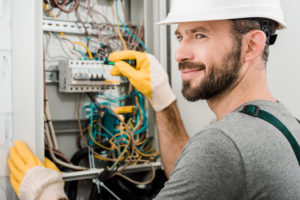 Great HOA maintenance workers are a major asset in so many ways. Good workers bring a huge sense of pride to their supervisors.
Great HOA maintenance workers are a major asset in so many ways. Good workers bring a huge sense of pride to their supervisors.
Also, their excellent work greatly improves the quality of life in the community they work for. When your HOA is in the market for a maintenance worker or company, keep these tips in mind.
1. Be Thorough, Don’t Settle
It is important to be patient during the search process. All too often, a lesser candidate is “settled for” because of our busy schedules and the immediate need to fill the position.
Desperation can cause a lowering of standards that can have long-lasting, negative effects. Dealing with an unqualified worker will cost much more valuable time and money.
2. Create a Detailed Job Description That Fits Your Budget
Know what you want and what the community can afford. Be realistic in what you expect the person to do. Based on these requirements, create a job description listing all the duties and requirements. Make sure to organize the reporting hierarchy as well. By organizing the reporting order this early, you’re also making sure to avoid communication problems later on.
Knowing the exact job description helps develop questions and a checklist that can be used during the interview.
3. Identify the Right Skill Set in the Interview
Create a checklist for the prospect to fill out that lists the job skills and allows them to rate their knowledge and skill level for each category on a scale of 1 to 5. For example, if irrigation is an important part of the job, then it would be important that the prospect has a high score in that area. The interviewer should use this same checklist to rate the skills based on how the questions are answered.
4. Prepare for the Interview
Create a checklist for the interviewer that lists important customer service-related issues, such as:
- Was the prospect on time?
- Was the prospect presentable and well-groomed?
- Is the prospect’s body language and speech friendly and non-threatening?
- Is the prospect’s demeanor such that he or she will be able to deal with a broad spectrum of demanding residents?
These complete checklists are useful later as an important comparison tool to identify the best candidates. In addition to these documents, make sure to uniformly and consistently ask candidates important questions to gauge their personalities. Here are some examples:
- Do you prefer to work alone or in a group?
- Give me an example of a difficult situation at your last job and how it was overcome.
- How would you handle a situation where you have made an obvious error?
5. Interview the Team
Finally, make sure to involve the person who will be the supervisor in the interview process. This can be the team supervisor of the maintenance company. Or he or she can be your community association manager as well. If these maintenance workers need to report to a person, make sure to include that person in the interview process.
This step cannot be overstated. The relationship between the worker and the supervisor will likely be long-term. So, it is imperative that they are a good fit.
For the Betterment of the Community
HOA maintenance is an essential aspect of community management. As such, HOA boards should familiarize themselves with their responsibilities and take the necessary steps in ensuring proper maintenance and repairs. Only then can you call your association an effective one.
Are you looking for the right HOA maintenance company? Start your search for the right vendors with HOA Management’s online directory.
RELATED ARTICLES:
- 5 HOA Maintenance Plans You Must Have
- HOA Summer Safety: Protecting Homeowners, Kids, Pets, and Employees
- How To Run An HOA Community With Great Success
Trending Now
Related Article
Sign up for Our Monthly Newsletter
Sign up below for monthly updates on all HOA Resource

